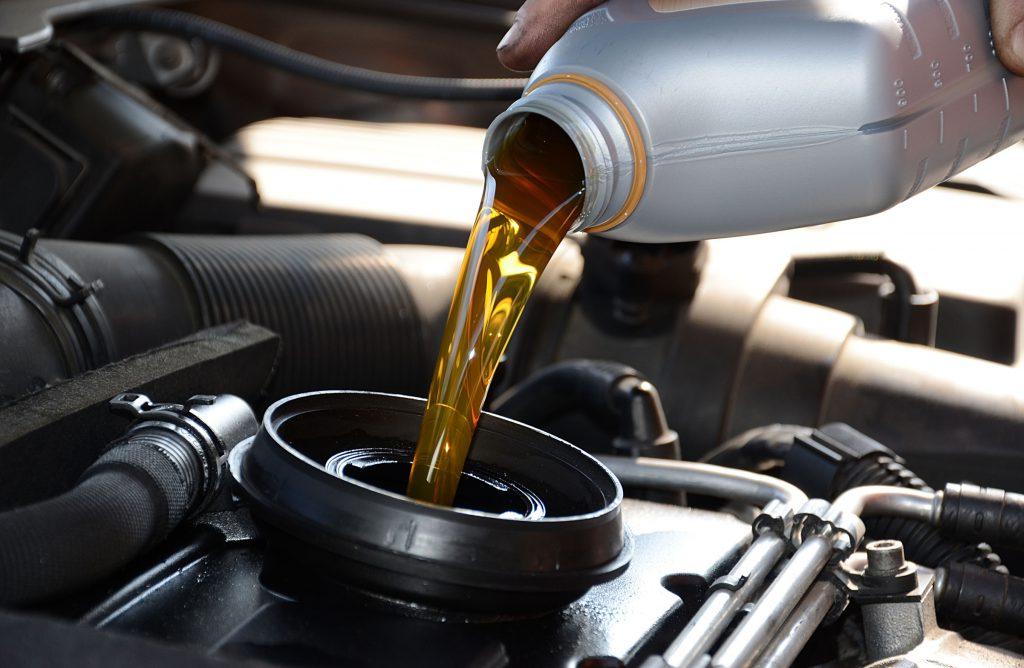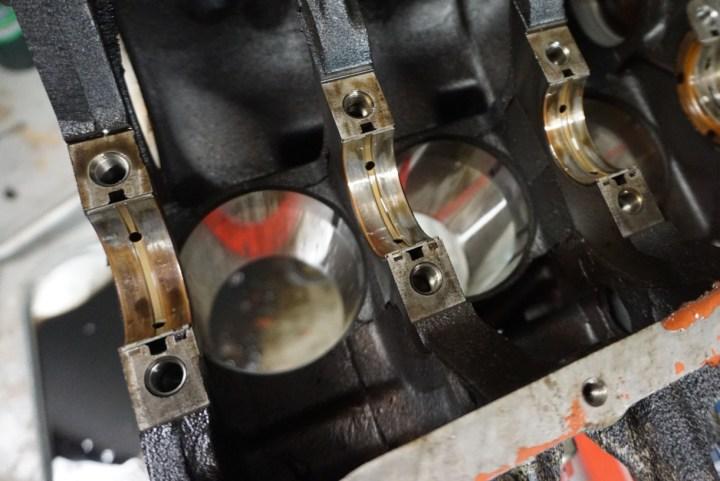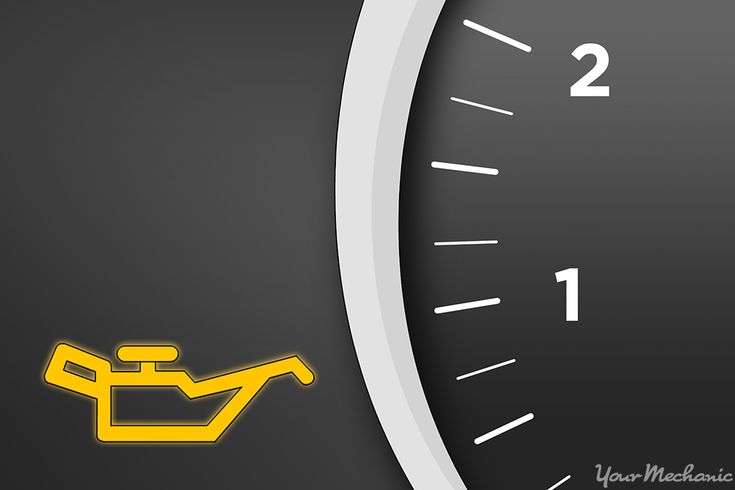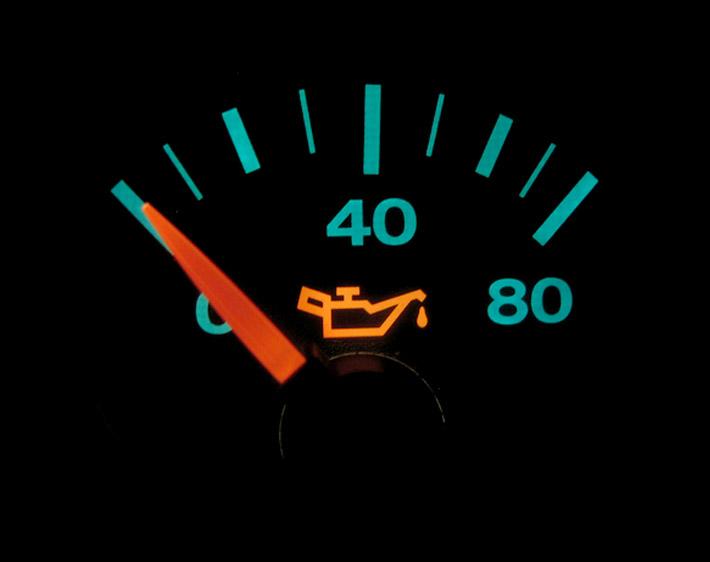The flickering oil pressure warning light on the dash gauge could be the first sign of low oil pressure in your car. Ignoring it for some time will result in issues with the valves or hydraulic lifters and creating various noises under the hood. If you still keep driving, you will end up sending the engine into a coma.
What Are the Causes and Fixes of Low Oil Pressure?
Oil provides lubrication for the inner components of an engine. Low levels of oil can lead to overheating of the engine and increased friction among its various parts. The continuous rubbing and brushings will lead to the wearing out of the components pretty quickly. Knowing the reasons for low oil pressure will help you to fix the problem immediately whenever you spot a warning sign.
1. Inadequate amount of oil
It seems to be the most common reason since car owners often forget to check the oil level and refill it. This happens when you fail to maintain regular tune-ups or inspection of the automobile. Sometimes, leakage in part of the oil transportation route will cause a significant loss of oil pressure.

To fix these problems, you have to check the oil supply lines and replace the damaged components. Fill up the tank to the right level and your car will be up and running again.
2. Dirty oil filter
Another answer to “what causes low oil pressure?” is a dirty oil filter. The oil passes through the filter on its way from the pump to the bearings and oil galleys. When the filter becomes clogged with dirt and debris, it creates more than usual resistance to the oil flow. There comes a point ultimately when it does not let any oil pass through. The only fix to this trouble is to replace the plugged filter.
Read more:
- Why the Oil Pressure Light Comes on After an Oil Change?
- What Happens to Your Car When You Never Changes the Oil?
3. Damaged relief valve
It is a pressure relief valve that ensures that the oil pressure does not become too high. However, a worn-out or leaky valve lets oil pass more freely into the engine, reducing the pressure.
4. Worn-out bearings
One of the possible low oil pressure causes is worn-out bearings. If you have driven the car for quite a long time, low oil pressure could occur due to worn-out rod bearings and main bearings. The bearings also play an important role in keeping up the right pressure of the oil. The right clearances of the bearings keep the pressure at the desired level. When they wear out, they yield too many clearances that lead to a significant drop in pressure. It also leads to increased noises and pounding in the engine. Excessive clearances elsewhere in the engine (not in the road bearings) can also cause the pressure to drop. It could happen in the camshaft journals, lifter bores, and can bearings.

The only way to fix the excessive clearances is to replace the bearings and refurbish some other related engine parts. Adding a higher volume oil pump could be a solution as it will enhance the oil flow and lift the pressure a bit in the process. However, the clearance issue will still be there. So, you have to replace it at one time or another.
5. High oil viscosity
The oil with a high viscosity is thicker than regular oil, which makes it flow a bit slowly. During the winter season, the flow may become so slow that it will not allow oil to build the right level of pressure.
Check out the video below to learn on how to fix a low oil pressure light in your car:
1. Can I drive a car with a low oil level?
When you are driving on the road and your oil warning light turns on, you need to take it seriously. This means there is something wrong with the lubrication system and your car is not safe to drive. If this situation occurs, the first thing you should do is pull over and then shut off the engine as soon as possible. By doing this, you can save your life as well as prevent further damage to the engine of your car.
2. How much does it cost to replace the oil pump?
When it comes to changing the oil pump of your car, you have to calculate the fee for buying a new oil pump and the fee of the labor to put it in, unless you can install it yourself. The average price of a new oil pump varies from $200 to $300 depending on your car model. The labor cost is about $200 to $300 as it requires more skills of an experienced mechanic and it takes more than one hour to do. In general, the total price is about $300 to $600 depending on who does the job.
3. The important role of oil pressure
The lubrication system of an engine is built by the oil filter, pump, hardware, and lubrication lines. The pressure of the system is created by the resistance that the oil has to bypass in the lines to meet the lubricated parts. The function of the pump is to force lubricant through the system. It provides the needed pressure and runs to enable the lubricant to reach the furthest part.
When you observe the oil pressure is low, it means there is something wrong with your engine. It also indicates that your engine may be lack of lubricant. An engine with lubricant starvation can cause metal parts to touch metal parts and damage the machine. An engine can stop working for some minutes or even a few hours depending on how serious the situation is. The fixing fee could be quite expensive as you need to replace most of the parts.

4. How to get rid of low oil pressure?
To avoid the risk of low oil pressure, here are some things you need to do:
- Make sure to inspect the oil level regularly and check your engine and garage floor for leaks.
- When it is time to change the oil and filter, be sure to do it right away. The recommended lubricants are high-quality goods that include the correct viscosity grade and appropriate quality standards specified by the API (American Petroleum Institute) in the car manual/engine.
- If there is a problem with the pressure sensor and you don’t know about it, avoid driving your car as soon as possible. For this situation, the best solution is to bring your car to a mechanic to inspect the condition of the oil and engine.
- Observe if there is blue smoke coming out from the exhaust, especially with cars having high mileage.
5. Low oil pressure at idle: Causes and solutions
Symptom of low oil pressure at idle: The oil pressure light turns on only when the car is hot at idle. After getting some revs, the light turns off and stays off under load.
Here are the most common symptoms and causes to inspect:
| Symptoms | Causes | Solutions |
| Limp mode | Dirty Pickup at the oil pump | Replace Oil pump |
| Noises from engine | Engine lacking oil | Fill up oil |
| Oil level/pressure light on the dashboard | The type of oil is not correct | Change engine oil + filter |
| Broken engine | Broken oil pump | Change oil pump |
| Defective Instrument cluster | Change Instrument cluster | |
| Defective oil pressure sensor | Change the oil pressure sensor | |
| Internal oil leak inside engine | Fix internal oil leak |
Did you enjoy our article? If you have any questions, feel free to leave them below and then we will discuss them further. In addition, it, don’t forget to check out our blog to learn more maintenance tips updated by car experts every day.




My car Toyota 110,this will help me maintain my car.thanks
My car Toyota 110,this will help me maintain
My Toyota Vitz 1000cc produces a lot of noise from the engine while driving, what could be cause ?
lifters noisety a couple of secounds after starting engine. then every thing sounds solid. 04 corola le